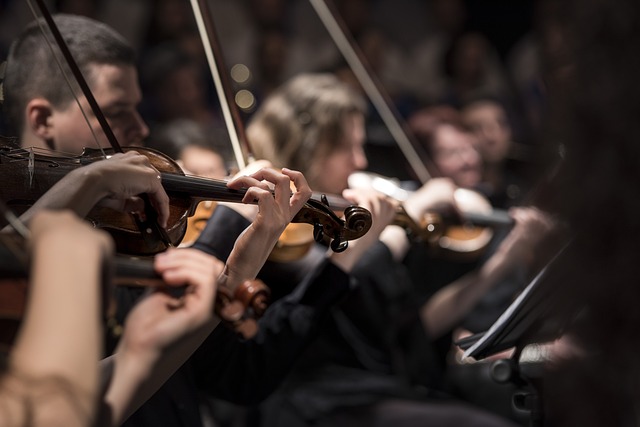Streaming Symphonies: The Intersection of Live Classical Broadcast and Gaming
The world of live classical broadcast is experiencing a renaissance, finding its footing in an unexpected realm: gaming. As players around the globe dive into their favorite titles, a unique relationship is budding between the classical music world and the expansive universe of eSports and casual gaming. This fusion is not only transforming the way we experience music but is also enhancing the overall atmosphere of gaming.
Picture this: you’re deep in a competitive match, adrenaline racing as you navigate your character through a virtual battlefield. The intensity is palpable, but then something magical happens—a live classical broadcast begins to stream in the background. The weighty timbre of a cello echoes through your headset, elevating the stakes of your gameplay. Suddenly, you’re not just playing a game; you’re part of a living, breathing symphony that enhances every heartbeat of your in-game decisions.
Gaming has long been an immersive experience, with sound design crafted to draw players in. However, the introduction of classical music into this space adds a layer of emotional depth that many players didn’t realize was missing. Imagine the calming presence of a Mozart concerto wrapping around you while you explore an open-world game, or the sweeping crescendos of Beethoven propelling you forward in a thrilling race. It’s not just about scoring points; it’s about creating an atmosphere that resonates with your very soul.
This trend is becoming increasingly popular in the eSports scene as well. Live tournaments have embraced the power of a musical backdrop, incorporating live classical broadcasts to amplify the excitement and creativity of the event. The majestic strains of an orchestra playing during a championship match can turn a typical competitive event into a grand spectacle. The enthusiasm of the crowd, coupled with the beauty of classical compositions, creates an experience that transcends the gameplay itself, leaving lasting memories for participants and viewers alike.
Developers are picking up on this growing trend, with some incorporating classical soundtracks into their games. Imagine a fantasy RPG where your heroic deeds are accompanied by the grand sounds of a symphony orchestra, echoing your adventures throughout the realms. This blending of visual and auditory art forms not only elevates the gaming experience but also introduces a new audience to the timeless beauty of classical music.
Moreover, the accessibility of streaming platforms is bringing live classical broadcasts directly into the homes of gamers. Websites and apps are pairing the magic of live orchestral performances with gaming streams, allowing fans to experience the captivating world of classical music while engaging with their favorite virtual universes. This symbiotic relationship between the two genres is fostering a greater appreciation for music, prompting gamers to seek out live performances and venues they may have previously overlooked.
The intersection of live classical broadcasts and gaming is a testament to the evolving landscape of entertainment. By merging the emotional depth of classical music with the interactive thrill of gaming, a new kind of experience is being crafted—one that celebrates both the artistry of sound and the excitement of gameplay. As these worlds continue to intertwine, we can only imagine the magnificent symphonies that await us in the future.



